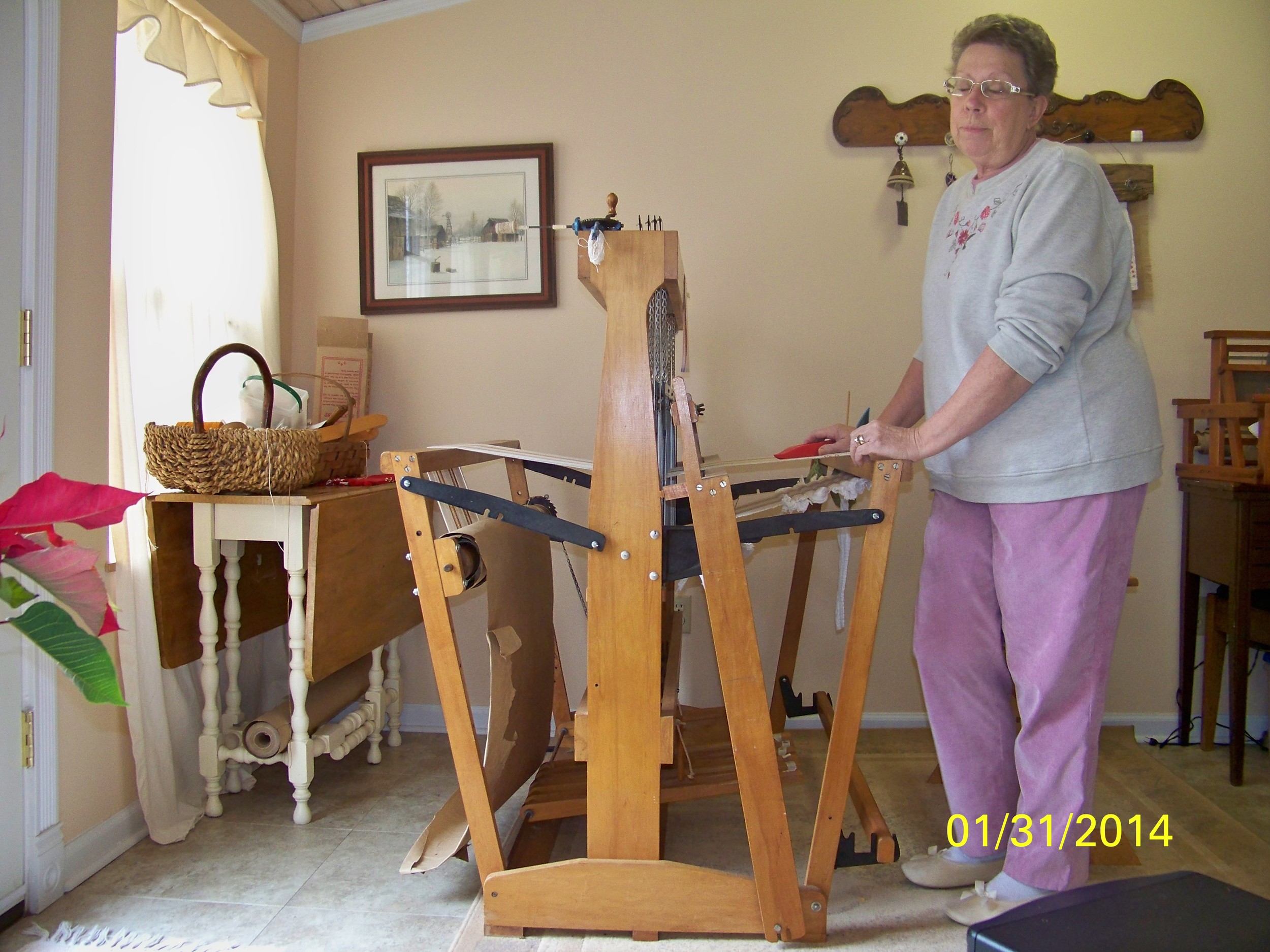Peddles, Heddles, Shuttles and Warp Thread?
/I guess we are going backward a little with this week’s story, but let me explain why. The stories I share on Tennessee Mountain Stories are largely the result of research I’m doing for other writing projects. Recently I’ve needed to research fabrics that would have been used on the plateau in the late 1800’s.
We know that feedsacks became more widely used around 1870, but even when the sacks were commonly available, the people of the plateau still had limited resources to buy store-bought feed or flour.
So that led me to wonder how children were clothed and beds were covered. Then I remembered that by the end of the Civil War, many of the Confederate soldiers were dressed in butternut-colored homespun. In cotton-rich Georgia and South Carolina, it would seem very logical to use their most plentiful resource. But was that possible on the Cumberland Plateau? I’ve never seen a cotton field on the mountain and we certainly weren’t home to any plantations.
I started asking questions, and I thank God for our rich, oral history because I actually got some answers! Do you recall my mention in the quilting article that my great-grandmother grew enough cotton for her quilt batting? I guess you were all thinking, “Well, didn’t everybody?” Turns out, yes, they did! I even heard one story of a local lady who had a little tabletop cotton gin. That was pretty exciting because I’ve cleaned about 1 ounce of cotton in my life and it was enough to tell me I did not want to do it for a living. Flax was introduced to America by the earliest settlers. It is now naturalized throughout most of the country. Of course, you’d want to grow a domestic crop in order to have sufficient quantities to spin and weave, but it will certainly grow in our climate and soil. And of course there have always been a few sheep around. So it was easy to find the raw materials from which an industrious mother could clothe her children and decorate her home.
Peggy Casteel with her loom.
Now I needed to get a feel for weaving and my dear friend Peggy Casteel happens to have a loom – well 4 actually. (Don’t things like that just multiply?) She allowed me to watch while she worked on some fabric and she shared what she’s learned about the craft. It was fascinating.
As I sat in Peggy’s quiet sunroom watching her rocking back and forth with the motion of pulling the beater to snug the threads tight, I was full of questions but had to try to be quiet to allow her to concentrate on her pattern. However, we discussed that when she was in the groove of weaving a simple pattern, she could weave and visit with no trouble at all. It was easy to imagine the weavers of old who would spend endless hours at their looms. If you wanted to visit with them, you would have to do so amid the rhythmic drum of that beater, the click of the pedals as they lifted the heddles with just a brief pause to throw the shuttle across the warp thread.
It seems a solitary occupation, sitting before this big, wooden apparatus. But the accounts of all the weavers that I’ve read relay tranquility and a strong sense of accomplishment as they watch their pattern develop and the cloth slowly rolling up on the cloth beam.
Like the slow lines of a quilt, rows of knitting or the stitches of tatted lace. Weaving seems to be yet another creation of art and love; something the creator pours herself into and produces something both lovely and practical.




